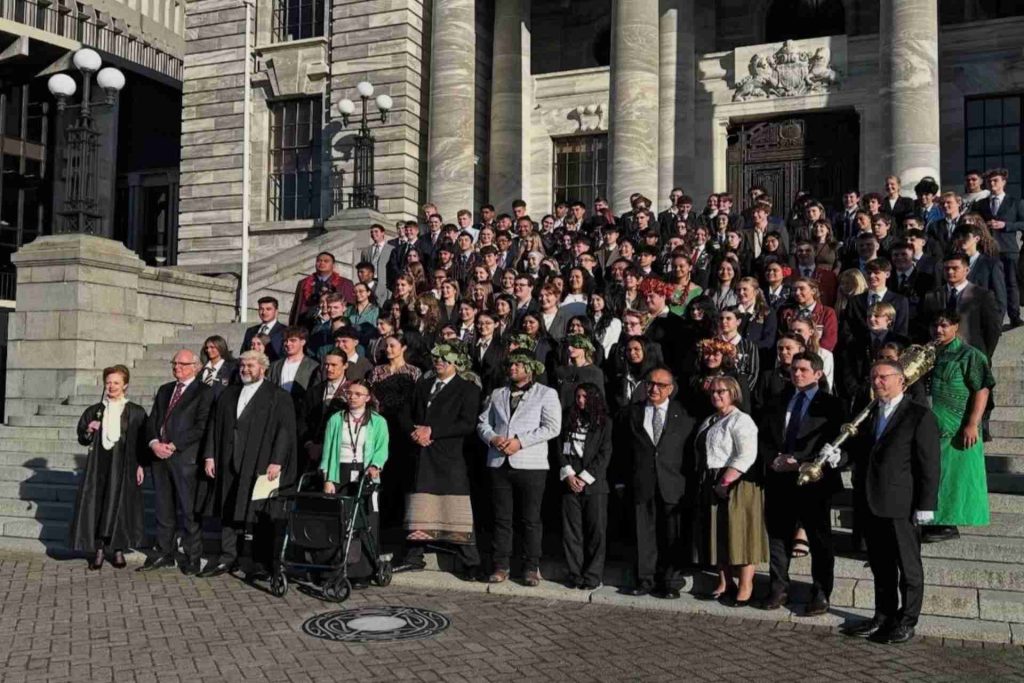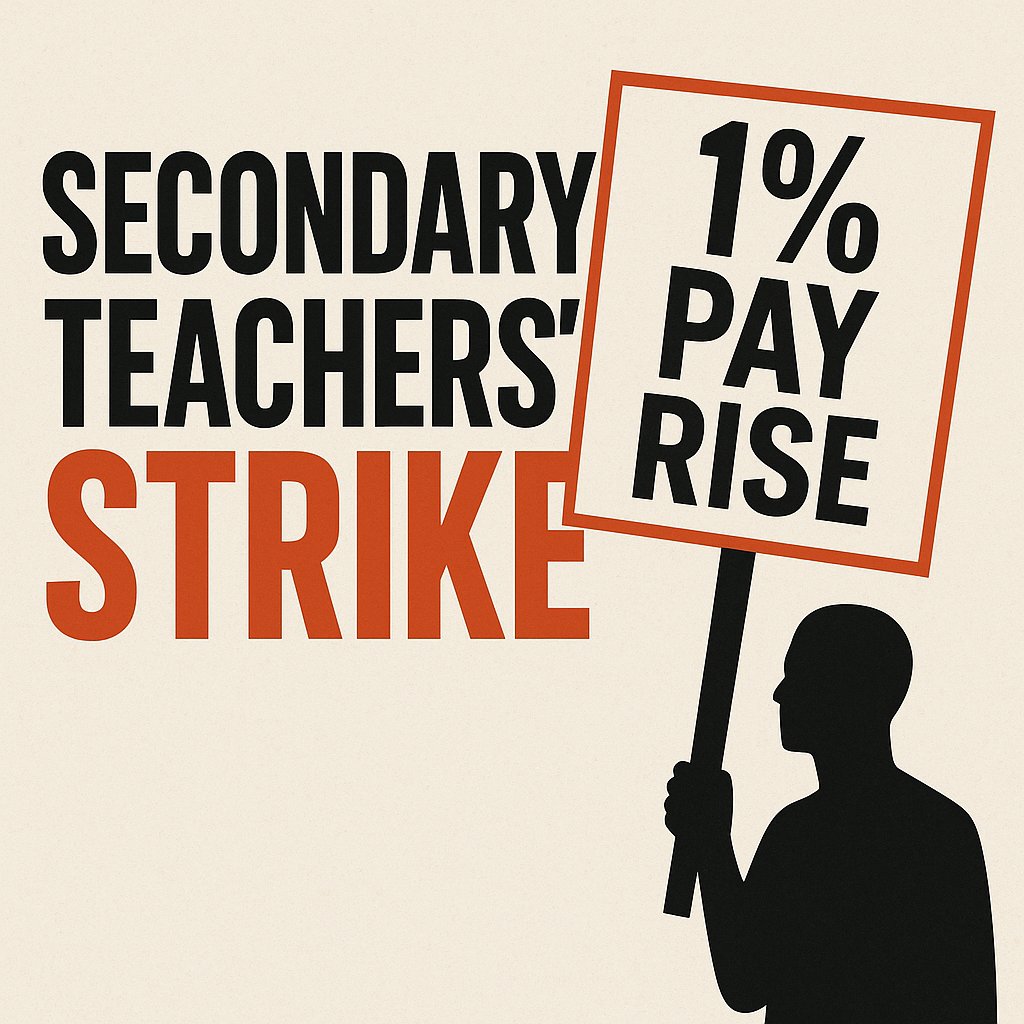“Post-2020 Trends Show Steady Decline in Achievement”
Qualification rates have worsened since the onset of COVID-19. Data shows that only 10 to 11 percent of leavers lacked formal qualifications pre-pandemic. Last year’s 16 percent rate marks the highest in a decade and continues a post-2020 upward trend in school non-achievement.
“COVID-19 Fallout and New Academic Standards Add Pressure”
Educators have pointed to a combination of factors driving this decline. They cite lingering COVID-19 lockdown effects, which led to widespread remote learning disruptions, disengagement from school, and earlier-than-expected exits to join the workforce.
“The percentage of school leavers with no NCEA certificate has been rising since 2020, a trend teachers blamed on the after-effects of COVID-19 lockdowns combined with high unemployment, prompting more young people to leave school earlier than they otherwise would.”
Adding to the challenge was the introduction of a tougher literacy and numeracy benchmark in 2024 for students aiming to achieve NCEA Level 1. The new requirement appears to have compounded the issue.
According to the Ministry’s figures: “13 percent of last year’s leavers had not reached the literacy and numeracy benchmark compared to about 10 percent under the previous requirement in pre-pandemic years.”
“Ethnic and Socioeconomic Gaps in Student Qualifications”
Ministry data shows ethnic and regional disparities in qualification rates. Among Māori students, 28 percent left school with no qualifications, compared with 19 percent of Pacific and 14 percent of European/Pākehā students. The regional picture also showed sharp contrasts – in Tai Tokerau, nearly one in five school leavers had no NCEA certificate.
The Ministry noted: “28 percent of leavers from schools facing the most barriers had no NCEA certificate compared with 4 percent of leavers from schools facing the fewest barriers.”
“Slight Improvement in Retention and Higher-Level Qualifications”
The latest data reveals small but positive shifts in school retention and senior achievement.
“81 percent of last year’s leavers had stayed at school until the age of 17 or beyond, up from 79 percent the previous year with bigger increases in retention at schools in poorer communities.”
Achievement improved slightly, with: “76 percent of last year’s leavers had level 2 NCEA or better, 0.6 of a percentage point more than 2023.”
“Ongoing Debate Around Educational Standards and Student Support”
Academic benchmarks have been raised in an effort to address declining achievement, but their rollout has not gone without criticism.
The tougher requirements have prompted calls for more systemic support. Some say that rather than adjusting standards, the rising numbers of students entering the workforce unqualified have added urgency to the debate.






